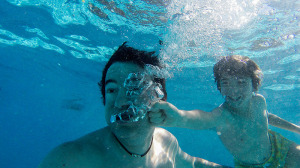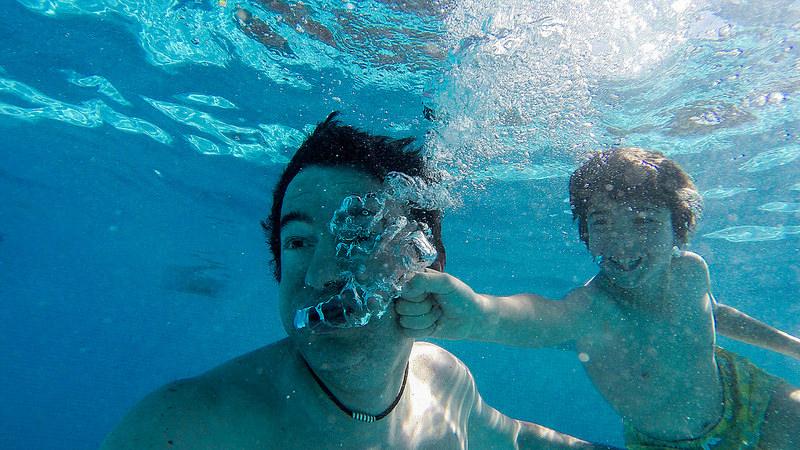Establishing the proper safety standards should be the primary responsibility of pool operators in order to ensure the welfare of all swimmers and guests.
Pool maintenance goes hand-in-hand with safety. Public pool attendants and private home owners have a responsibility to address and correct the hazards present, otherwise an accident is likely. In this article we’ll identify:- Some methods to reduce the likelihood of an accident including warning signs, prohibition signs, and other safety equipment.
- Specialised devices to aid staff in monitoring swimmers
- What to do in the event of an emergency
Prohibition and Warning Signs Serve a Purpose
 Prohibition signs (i.e. no diving) should be visible and comply with standards to ensure that all swimmers abide by them. These signs usually have red writing or a white background for optimum contrast. Likewise, warning signs are triangular with a yellow background and black pictogram. Commercial and residential signs should be manufactured with fade-resistant ink and weatherproof exteriors to prevent damage. Additional signage may be required to indicate slippery surfaces, uneven walkways, and any other hazards which pose a risk to patrons.
Prohibition signs (i.e. no diving) should be visible and comply with standards to ensure that all swimmers abide by them. These signs usually have red writing or a white background for optimum contrast. Likewise, warning signs are triangular with a yellow background and black pictogram. Commercial and residential signs should be manufactured with fade-resistant ink and weatherproof exteriors to prevent damage. Additional signage may be required to indicate slippery surfaces, uneven walkways, and any other hazards which pose a risk to patrons.
Keep an Eye on Swimmers at a Distance
Swimming pool convex mirrors are suitable for either indoor or outdoor pool facilities. A mirror, like the Vialux Wide Angle Swimming Pool Mirror, is constructed with an unbreakable polymer face and resistance to chlorine fumes. Lifeguards can see swimmers in 2 directions (up to 90 degrees) without leaving their post.What About Installation?
Setup is simple since a wide angle swimming pool mirror can be fixed to a wall or a 60-90mm diameter post. It’s necessary to point out that this type of surveillance device is not a replacement for proper supervision but rather, a tool to aid lifeguards who have received adequate training.Pool Fencing Prevents Drowning
Pool fencing is a popular measure to prevent small children and pets from falling in and drowning in residential pools. Many fibreglass fences are designed to be unbreakable and don’t take away from the aesthetic appeal of the pool. Mesh pool fences are also an affordable option but be cautious because the posts are susceptible to bending if not constructed properly. Fencing provides a double utility in that it prevents accidents and reduces your risk of liability by preventing unauthorised access when supervision is not present. To better prevent an accident like drowning, parents should teach their children how to reach safety if they fall in and also what to do if they see someone struggling for help in a pool. Safety should remain the number priority whether you are in charge of a public facility or trying to outfit your home to protect children. As a parent, it’s also good idea to learn some simple pool safety techniques including cardiopulmonary resuscitation (CPR).Image credits: Some rights reserved by David Hurt



